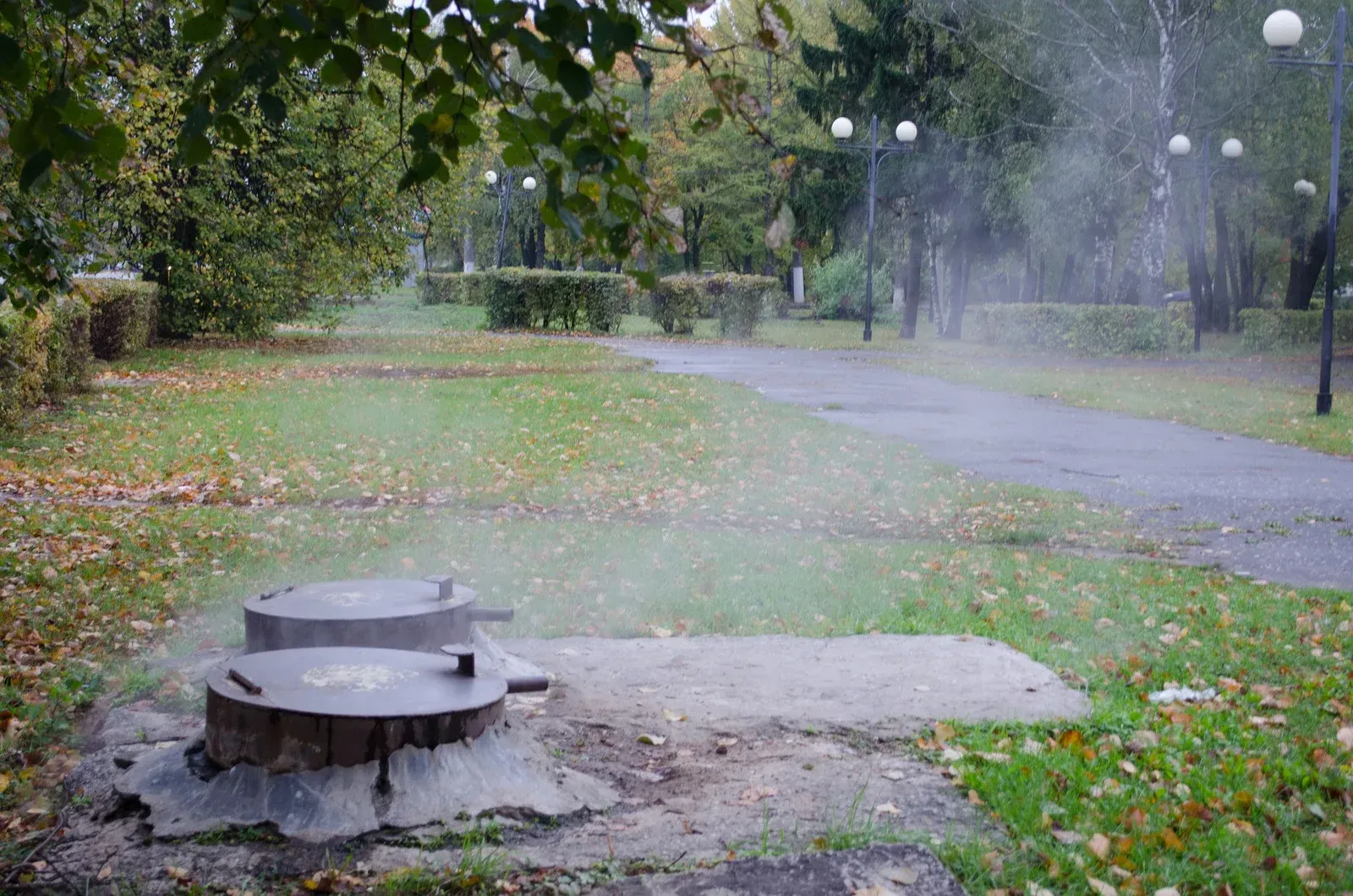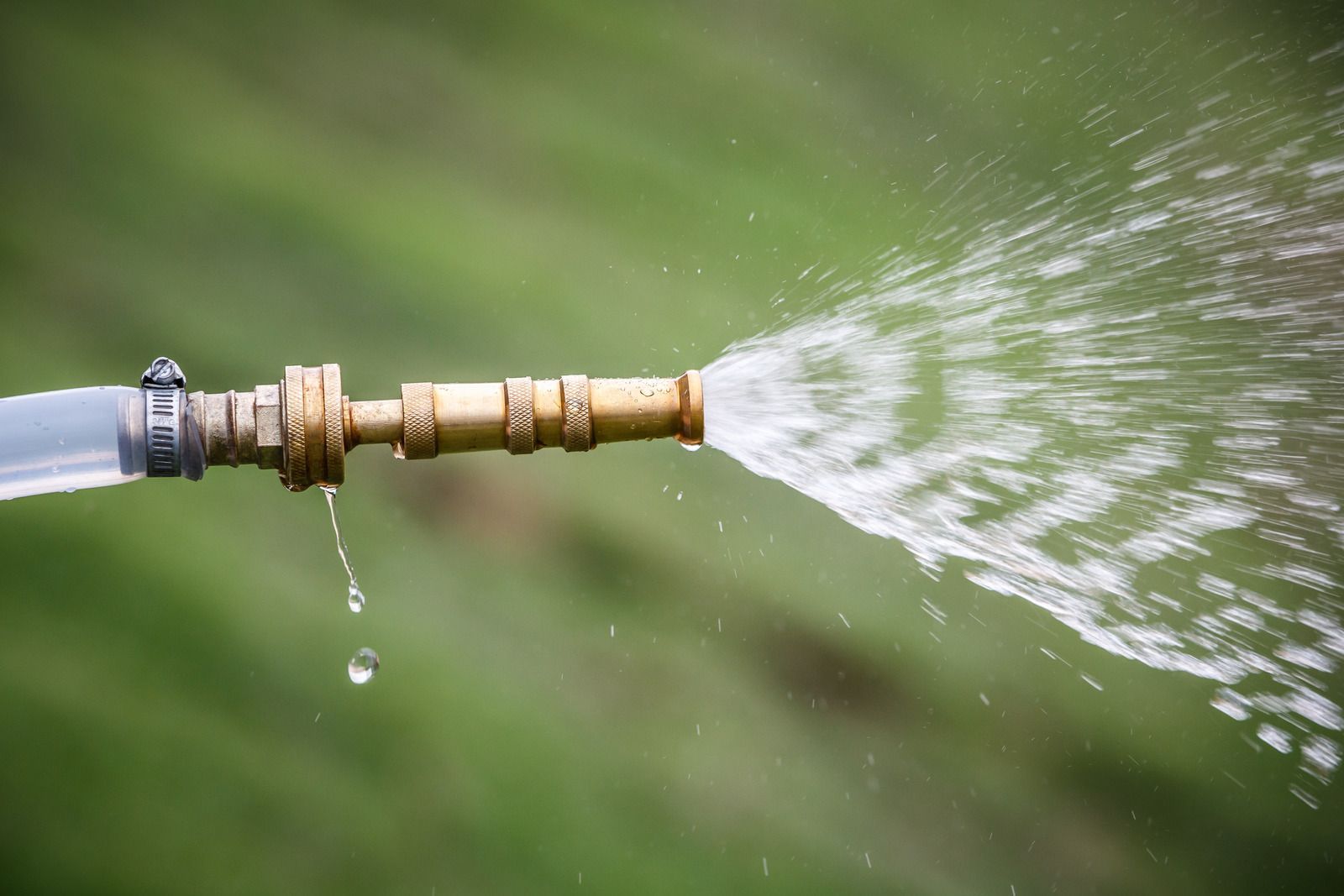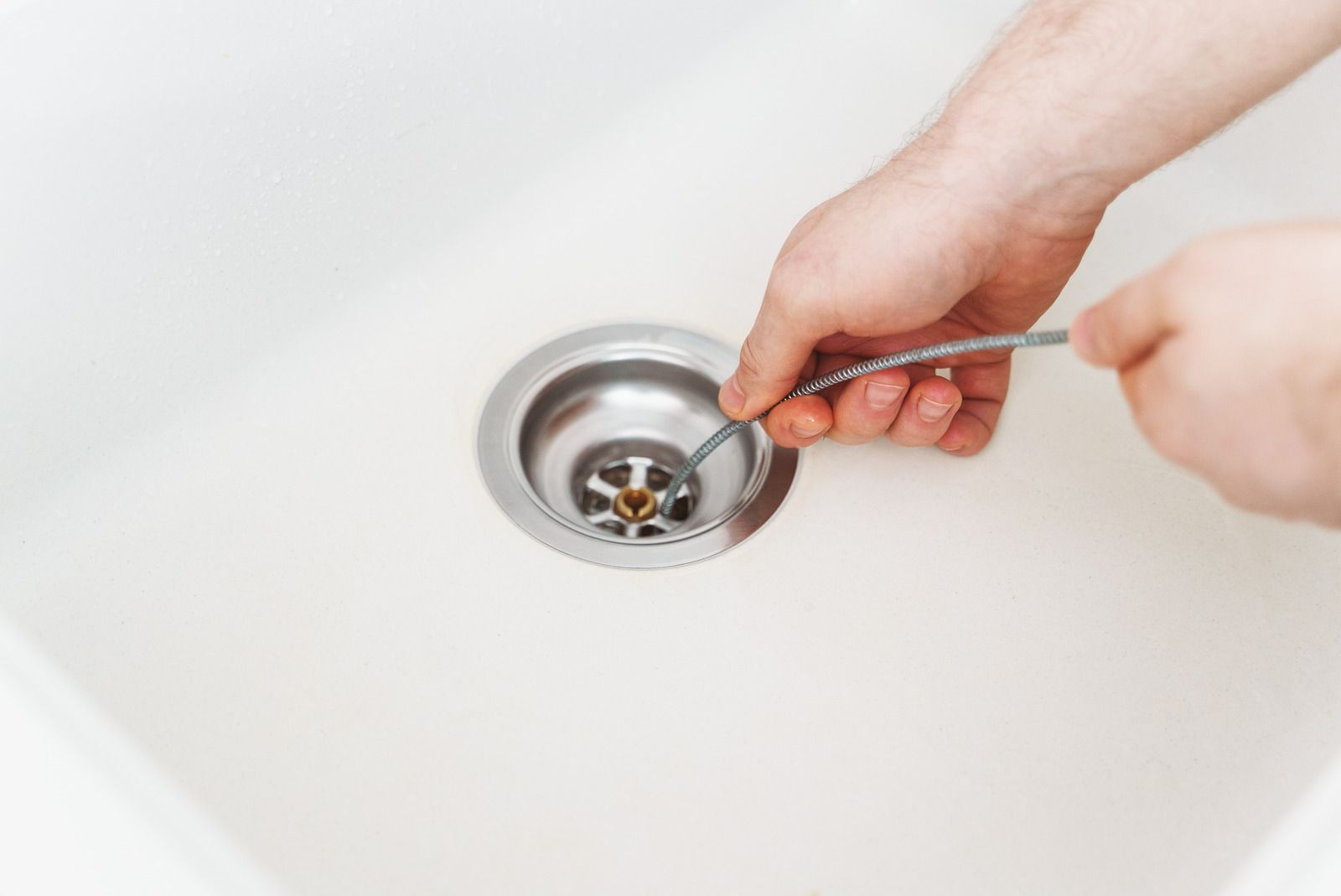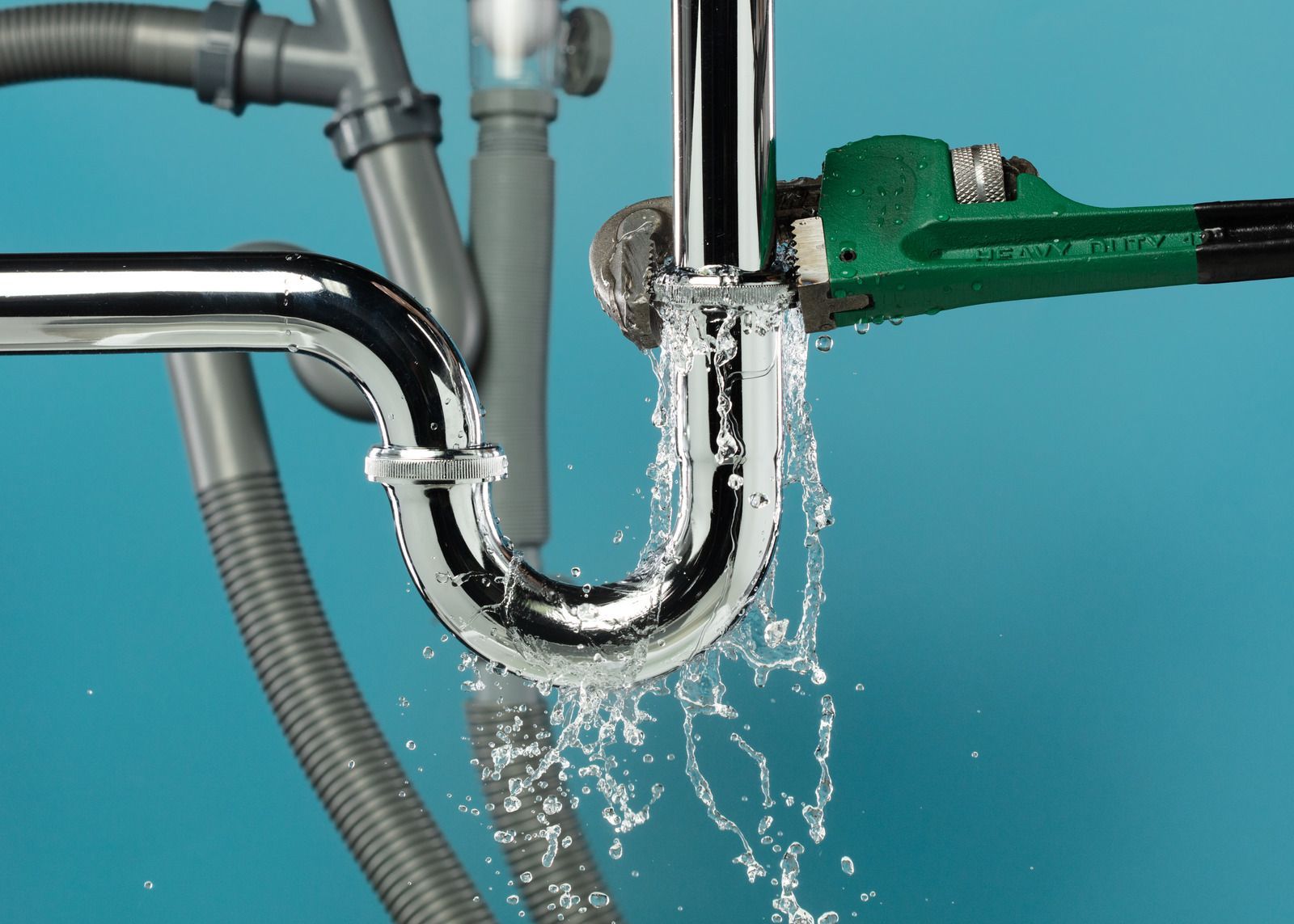How Can Sewer Camera Inspection Help in Sewer Inspection?
Are you experiencing recurring sewer problems and wondering what's causing them? Traditional approaches like digging up the pipes can be time-consuming, expensive, and disruptive. Technological advancements have made it possible to inspect blocked or damaged sewers using a sewer camera visually. This blog post will uncover how sewer camera inspection works and explore its benefits in reducing headaches associated with sewage problems. Get ready to learn more about this innovative approach that will change how you think about sewer inspections!
Benefits of Sewer Camera Inspections
Sewer camera inspections can be incredibly beneficial for several reasons. For one, they allow for a much more thorough sewer system inspection than would be possible without them. This means potential problems can be spotted more easily and dealt with before they become major issues.
Another benefit of sewer camera inspections is that they can save time and money. Often, traditional methods of sewer inspection involve digging up large sections of the sewer pipe to inspect it properly. This can be extremely disruptive and expensive. With a sewer camera inspection, only a small access point must be made to insert the camera, which greatly reduces the cost and inconvenience involved.
Overall, sewer camera inspections are invaluable for anyone responsible for maintaining a sewer system. They offer a much more efficient and effective way to inspect the sewers and identify potential problems, saving time and money.
Preparations for Sewer Camera Inspections
Preparations for sewer camera inspection are pretty straightforward. First, you must identify the main sewer line running from your home to the street. This is usually located in the basement or crawl space. Once you've found the main sewer line, clear any obstructions that might prevent the camera from getting through. This could include things like tree roots or debris.
Once you've cleared the main sewer line, it's time to set up the camera. The ideal way to do this is by attaching it to a long rod or pole. This will allow you to insert the camera into the pipe and get a good look at what's going on inside. Ensure the camera is securely attached before moving it around inside the pipe.
Once you have a better idea of what's happening inside your sewer line, you can start making repairs or taking steps to prevent future problems. A sewer camera inspection is a great method to maintain your home's plumbing.
How Does a Sewer Camera Inspection Work?
A sewer camera inspection involves inserting a small, specialized camera into your sewer line to get a close-up view of the inside of the pipe. This type of inspection is often used when there is a problem with the sewer line, such as a blockage, and it can be beneficial in diagnosing the issue.
The camera is attached to a long, flexible rod and is inserted into the sewer line through an access point, such as a cleanout. The camera is then moved through the pipe, sending live video footage back to the operator, who can see what is going on inside the sewer line.
Sewer camera inspections are generally quick and easy, and they can be very helpful in diagnosing problems with your sewer line. If you think there is a problem with your sewer line, contact a professional plumber to conduct a sewer camera inspection.
Closing Statement: The Advantages of Using a Sewer Camera Inspection
A
sewer camera inspection is one of the most effective ways to inspect your sewer system. A sewer camera inspection can help you identify problems with your sewer system and allow you to make repairs before it becomes more serious. A sewer camera inspection can also help you avoid expensive repairs by identifying potential problems early.












